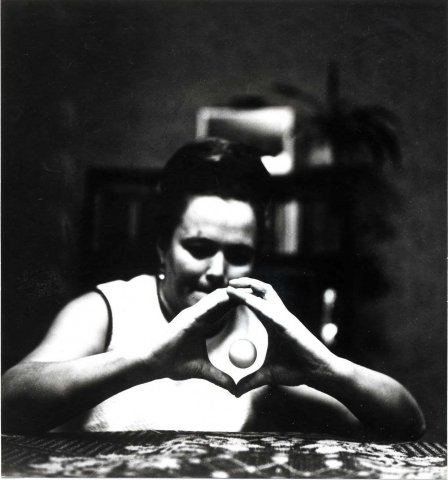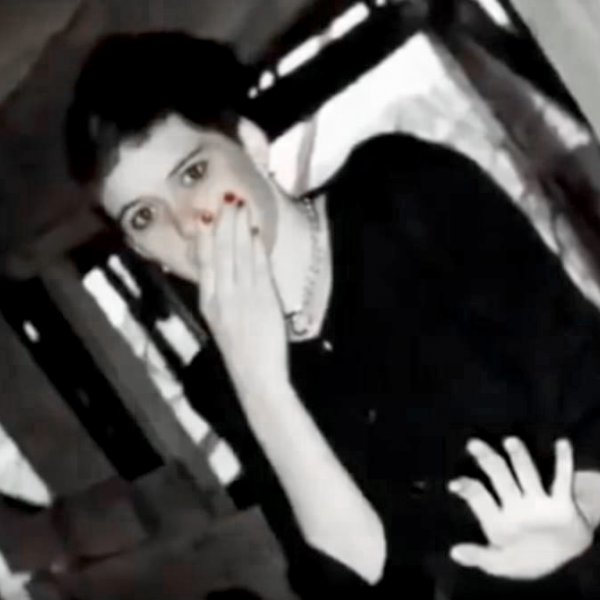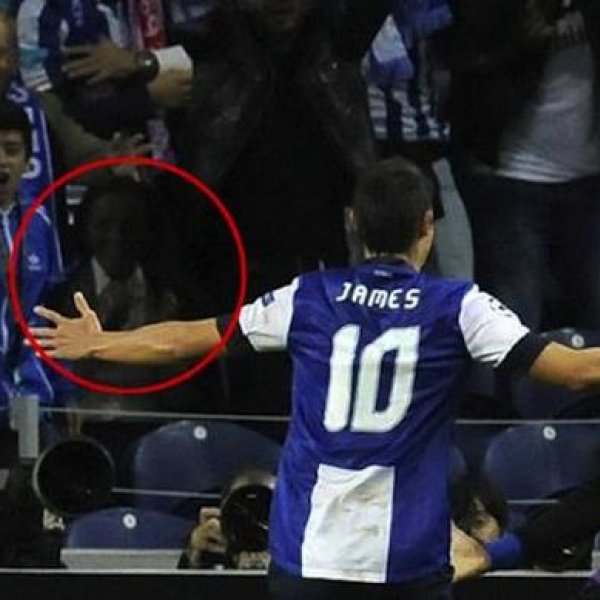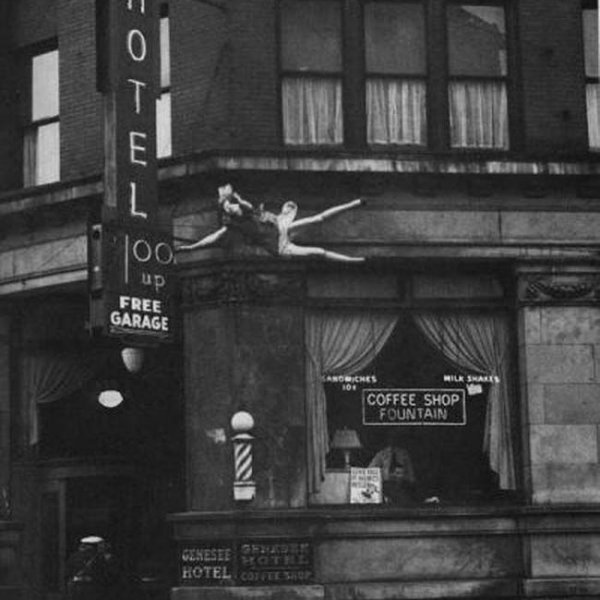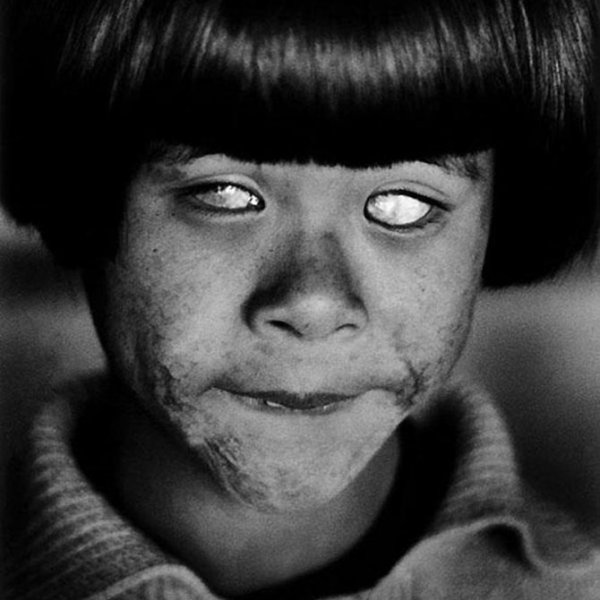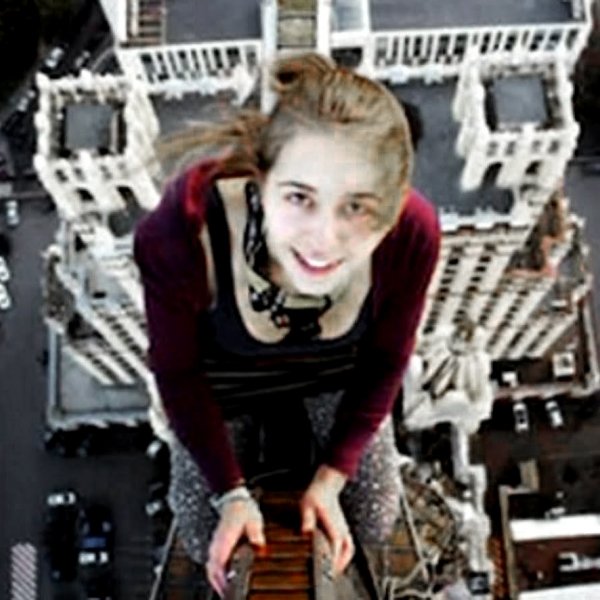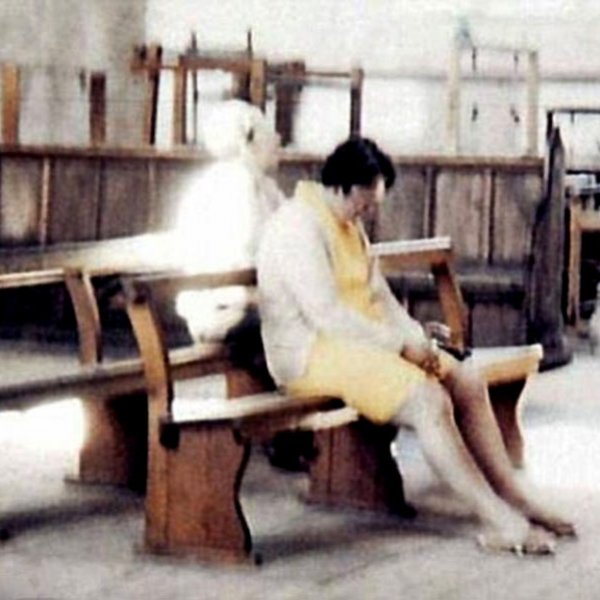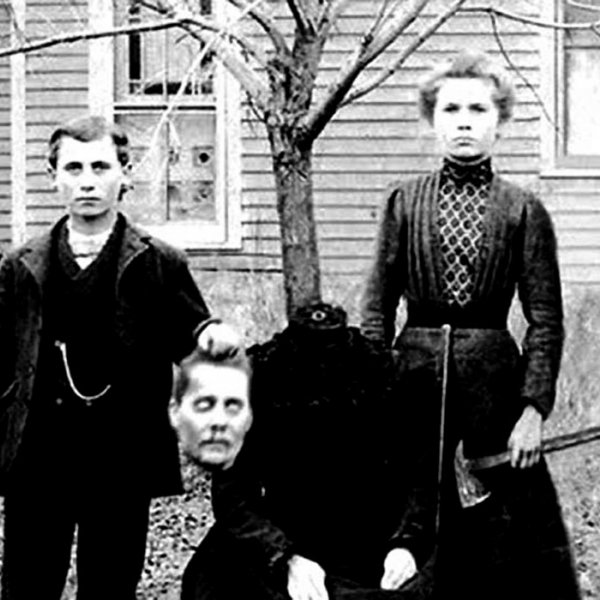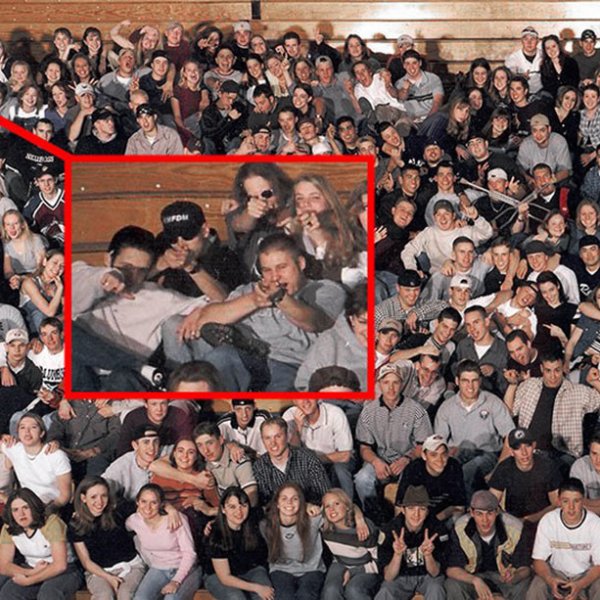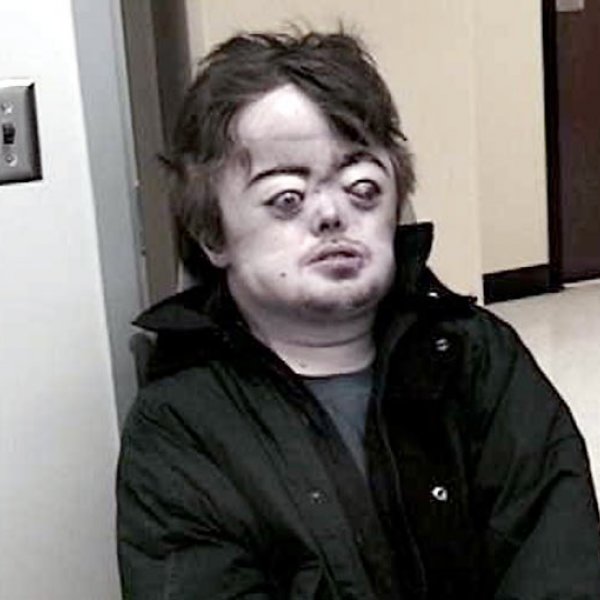Nina Kulakina from Russia
The most famous medium ever seen
From the 1960s to 1990 Russian 'psychic' Nina Kulagina displayed an apparently impressive range of psychic powers, particularly psychokinesis (the ability to move objects using the mind alone), and was tested and supposedly found to be genuine by respected scientists. She was also filmed using her abilities many times. However, she remains a controversial figure and her demonstrations of psychic ability have received criticism from sceptics who believe the films and experiments show clever trickery rather than paranormal powers. This would, at present, seem to be the most likely explanation.
Kulagina was only 14 when the Nazis began the siege of Leningrad. Like many Leningrad children she had to become a soldier, and along with her father, brother and sister, she joined the Red Army and was sent into the thick of the action. The conditions during the 900 day siege were appalling. Winter temperature sometimes reached forty degrees below zero, bread rations were about four ounces a day, the water and the electricity were cut off, and the city was devastated by bombs and artillery fire. Nina served on the front line in Tank T-34 as a radio operator, and distinguished herself enough to become senior sergeant. But the fighting came to an end for her when she was seriously injured by artillery fire. Fortunately, she managed to recover and later settled down, married and had a son.
Powers of the Mind
Nina claimed that she was always aware of her 'psychic powers'. There are stories that she could mentally see things inside people's pockets, and when she met sick people she could identify the disease they were suffering from, an image of the illness appearing in her mind. On one occasion when Kulagina was in a particularly angry mood, she was walking towards a cupboard in her apartment when a jug in the cupboard suddenly moved to the edge of the shelf, fell and smashed to pieces on the floor. After that, changes began to take place in her apartment. Lights went on and off; objects became animated and seemed somehow to be attracted to her. It was in effect a type of poltergeist activity, except that Kulagina was convinced the psychic power was coming from her and discovered that, if she tried, she could control it.
In 1964, while in hospital recovering from a nervous breakdown, Nina spent a lot of time sewing. According to published accounts doctors were amazed when they saw that she was able to reach into her sewing basket and choose any colour of thread she needed without looking at it. Local parapsychologists were contacted and the following year, when she had fully recovered, she agreed to take part in various experiments. Kulagina was tested and it was found that she could apparently 'see' colours with her fingertips, bringing to mind Rosa Kuleshova, a school teacher from the Ural Mountains, who also claimed to possess this talent.
There are also instances where Kulagina apparently displayed extraordinary healing powers. She could, it was said, make wounds heal up simply by holding her hand above them. She was also tested by Russian scientists for psychokinesis and the results were apparently so remarkable that, in order to keep her real identity secret, she was obliged for many years to use the pseudonym of Nelya Mikhailova. What these remarkable results were, however, has never been exactly stated.
Telekinesis
One of Kulagina's abilities involved her sitting at a table and staring at a small object, such as a matchbox or a wineglass, and make it move without touching it. Apparently her powers did not come straight away, hours of preparation may be needed, which, as sceptics have pointed out, does not favour the setting up of strictly supervised demonstrations. In order to move things with mind power alone she found she had to clear all other thoughts from her head, and told investigators that when her concentration was successful, there was a sharp pain in her spine, and her eyesight blurred. Nina practiced hard, focusing her powers, and was soon able to move matchsticks, fountain pens and compass needles. There is nothing here, however, which an accomplished stage magician could not duplicate, though no one at the time in Russia seems to have bothered to try.
One of the first scientists to take an interest in Kulagina was Biologist Edward Naumov. In an early test, the details of which are as usual sketchy, he scattered a box of matches on a bench; Nina held her hands over them, trembling with the strain. Suddenly, all the matches moved together to the edge of the bench, then fell one by one to the floor.
Psychic Powers on Film
Amazing stories about Nina Kulagina began to reach the West through the international wire services in the spring of 1968. In the same year, films of Kulagina moving objects, ostensibly using only her mind, were shown at the First Moscow International Conference on Parapsychology and were also seen by some Western scientists. For a brief time Western investigators were permitted to meet Russian mediums, witness Nina Kulagina for themselves and verify the reports of her PK abilities made by Soviet scientists. In 1970 William A. McGary, one of a group from the United States investigating psychic phenomena in Russia, described a session in which Kulagina caused several small objects, including a wedding ring and the top of a condiment bottle, to move across a dining-room table.
Another of the American investigators, Gaither Pratt, of the University of Virginia, stated that the objects which Kulagina could move varied widely in material, shape and weight, and when they moved they generally progressed in a slow, steady fashion. Only occasionally did the objects which Kulagina 'controlled' move in fits and starts. It is reported that a number of precautions were taken to make sure that Kulagina wasn't using a concealed magnet or threads, and films were taken of the experiments which seem to confirm that no known force could explain the movements. Unfortunately, it is not known how thoroughly Kulagina was checked before the experiment.
Dr. Zdenek Rejdak, a prominent Czech scientist connected with a Prague Military Institute, tested Kulagina personally and reported the results for some reason in Czech Pravda, a far from scientific publication:
I visited the Kulagina family the evening of 26 February, 1968. Mr. Blazek, an editor friend was with me, also a physician, Dr. J.S. Zverev, and Dr. Sergeyev. Her husband, an engineer, was also present. Dr. Zverev gave Mrs. Kulagina a very thorough physical examination. Tests with special instruments failed to show any indication whatever of magnets or any other concealed object. 'We checked the table thoroughly and also asked Mrs. Kulagina frequently to change position at the table. We passed a compass around her body and the chair and table with negative results. I asked her to wash her hands. After concentrating, she turned the compass needle more than ten times, then the entire compass and its case, a matchbox and some twenty matches at once. I placed a cigarette in front of her. She moved that too, at a glance. I shredded it afterwards and there was nothing inside it. In between each set of tests, she was again physically examined by the doctor.
The 'Psychic Powers' of Nina Kulagina
In one filmed Moscow test, set up by a group of 'well known physicists', several non-magnetic objects including matches were placed inside a large Plexiglas cube. The cube was to prevent drafts of air, threads or wires; methods long favoured by sceptics as the means by which Kulagina performed her 'tricks'. Her hands moved a few inches from the Plexiglas cover and the objects danced from side to side in the plastic container. In another filmed experiment, a ping-pong ball is seen levitating and hovering in the air for a few seconds, before falling back onto the table. In yet another she is shown both indoors and outside in a garden, where objects near her spin round or slide in different directions.
Unfortunately the films are so grainy and unclear that it is often difficult to see exactly what is happening, and again the background information to the experiment -- location, precautions taken, personnel present etc -- is not given. Where are the reports of these amazing psychic tests?
An additional and lesser known ability of Kulagina, though hardly less sensational, was noted by physicist Dr. V.F. Shvetz. He claimed that he observed Kulagina making the letters A or O appear on photo paper and that sometimes she could also transfer an outline of a picture she'd seen onto photo paper, recalling the 'thoughtography' talents of the controversial Ted Serios in America. Occasionally, unexplained burn marks appeared on Kulagina's hands and there were reports that shocked scientists saw her clothes catch fire. Towards the end of her life Kulagina demonstrated this phenomenon on TV, causing a bright red patch to appear on the arm of a European journalist.
Testing the Psychic
According to various books (see sources) Doctor Leonid L. Vasiliev, a psychologist at Leningrad University, had pioneered ESP study in Russia at the Institute for Brain Research in Leningrad, and was one of the first to test Kulagina, continuing to do so right up until his death in 1966. Another Soviet scientist, Dr. Genady Sergeyev, apparently a well-known physiologist working in a Leningrad military laboratory, did several years of intensive laboratory research on Kulagina, and made special studies of the electrical potentials in Kulagina's brain. During observations he apparently recorded exceptionally strong voltages and other unusual effects. In one series of experiments in Leningrad, recalling those of Dr. Shvetz, he and his colleagues placed undeveloped photo film in a black envelope. Incredibly, by staring at the envelope Kulagina was able to expose the film inside. If this is incredible story is true, then it is particularly unfortunate that there is no published account of the extraordinary experiment.
Chairman of Theoretical Physics at Moscow University, Dr. Ya. Terletsky declared on 17 March, 1968, in Moscow Pravda: 'Mrs. Kulagina displays a new and unknown form of energy.' The Mendeleyev Institute of Metrology also studied Nina, and announced in Moscow Pravda (why not a science journal?) that she had moved aluminium pipes and matches under stringent test conditions, including surveillance on closed-circuit television. They could not explain how the objects had moved.

